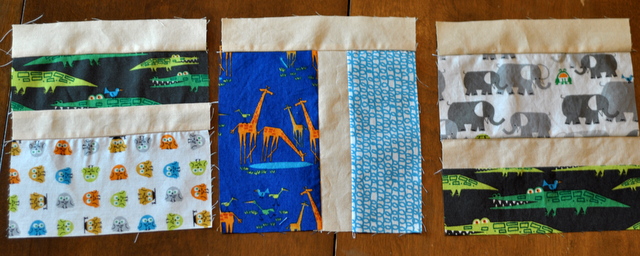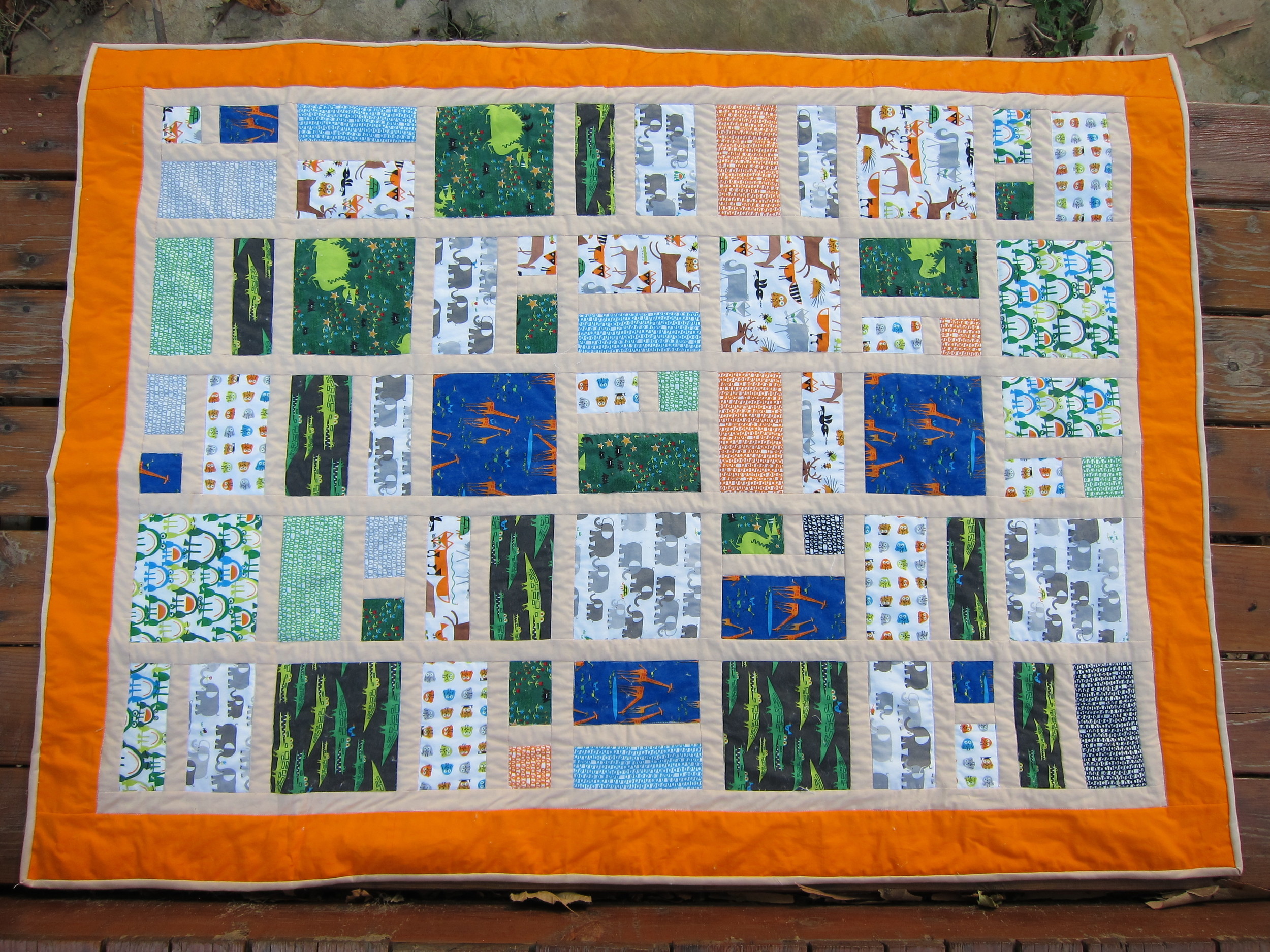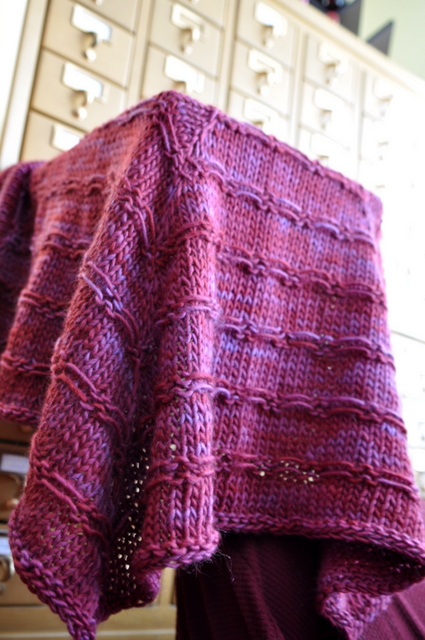I'm waiting for science to prove that children, like tomatoes and trashy television, come in seasons. Friends, family and coworkers are bringing home bundles of joy left and right, and here is another welcome quilt. Despite doing more quilting in the last few months than in the prior year, this officially puts the baby gift stockpile at one quilt. It's possible my friends like each other too much.
I tend to be more attracted to color and texture, rather than than cute prints. If anyone asks, it's because I'm too classy for the cutesy prints, and not at all because my brain shorts out when I look at a pile of combating colors, shapes, and sizes.
But Ed Emberley's "Happy Drawings" collection is too ridiculously little boy to pass on. Alligators, elephants and dragons. Random, sure, but so are boys. The patterns cover a range of sizes and tones, so putting together a design that would let each fabric sing was a bit of a challenge.
The end result is below. I'm pretty pumped. I think it's nephew-worthy.

You will notice that this quilt is hopelessly nameless. A girl only has so much creativity, people. "Sapphires and Rubies" depleted my already parched well. So the good people over at FaveQuilts.com are having a little fun with it, and asking their readers to come up with name in their next newsletter. Have a clever suggestion to add? Leave it in the comments below.
Edit 7/23: We have a name! Thanks everyone for voting.
Off to the Zoo Baby Quilt
Finished size: 32"x54"
Supplies
- 1 yard sashing fabric
- Fat Quarters or scrap fabrics. At minimum, you need five fat quarters, but you can use as many fabrics as you would like.
- Backing fabric (I pieced my back from scraps)
- 3/8 yard binding fabric
- Batting and other quilting notions
Cut
From the fat quarters or scrap fabric, cut the following:
- 12 - 6.5" squares
- 12 - 2.5"x6.5"
- 24 - 3.5"x6.5"
- 12 - 2.5"x3.5"
- 12 - 2.5" squares
From the sashing fabric, cut the following:
- 67 - 1.5"x6.5"
- 12 - 1.5"x2.5"
- 8 - 1.5"x49" (if you are using 40" width fabric, you will need to piece these)
Piece Blocks
Sew 12 of each block type. You should have one left over when you layout the quilt top.
Block A
- Sew the 1.5"x6.5" sashing to the top of the 6.5" squares
- Press seam toward darker fabric
Block B
For blocks B and C, you can change the orientation of the rectangles in order to accommodate the pattern direction and to add more variety.

- Sew the 1.5"x6.5" sashing to the side of the 3.5"x6.5" rectangle
- Press seam toward darker fabric
- Sew the 2.5"x6.5" rectangle to the other side of the sashing
- Sew the 1.5"x6.5" sashing to the side of the block
Block C

- Sew the 1.5"x6.5" sashing to the side of the 3.5"x6.5" rectangle
- Press seam toward darker fabric
- Sew the 1.5"x2.5" sashing to the bottom of the 2.5"x3.5" rectangle
- Press seam to the darker fabric
- Sew the 2.5" square to the other side of the sashing on the 2.5"x3.5"
- Press seam toward darker fabric
- Sew this piece to the other side of the sashing on the 3.5"x6.5" piece
- Press seam toward darker fabric
- Sew the 1.5"x6.5" sashing to the side of the block
Piecing Top

Randomly layout the finished blocks into 5 rows by 7 columns.
Sew the blocks in each column together so you have five columns of seven blocks.
Press the seams.
Sew sashing fabric to the side of each column, and sew the columns together.
Sew sashing to the final side.
Press all seams and sew sashing across the bottom.
Press seams.
Finishing
Back, bind and quilt your baby quilt.
I pieced the back, using the fabric provided in the packet of fat quarters which was intended as a draft dodger. I totally planned to have beige on either side of the green - I didn't just make a horrible measuring mistake that I had to cover up. I would never make such an rookie mistake.












